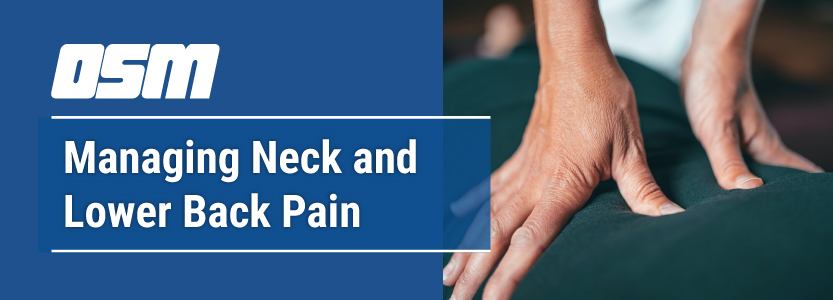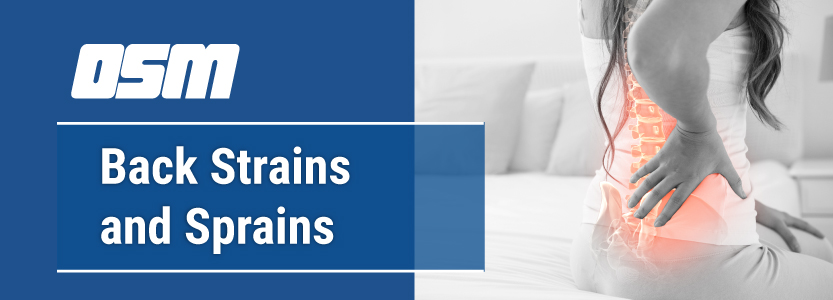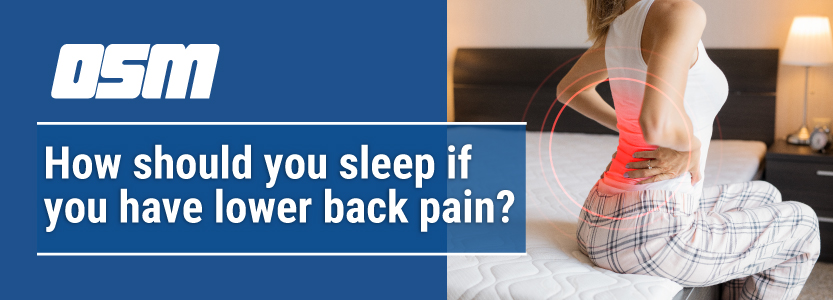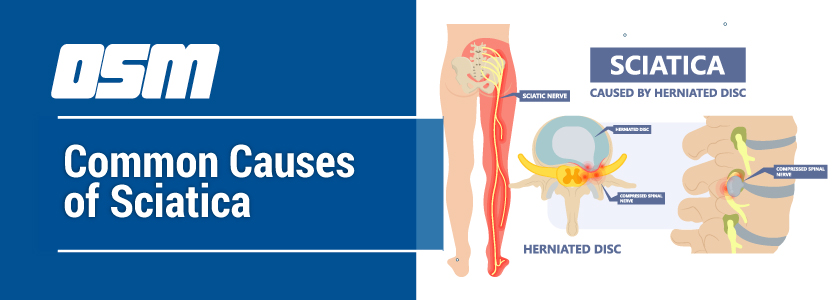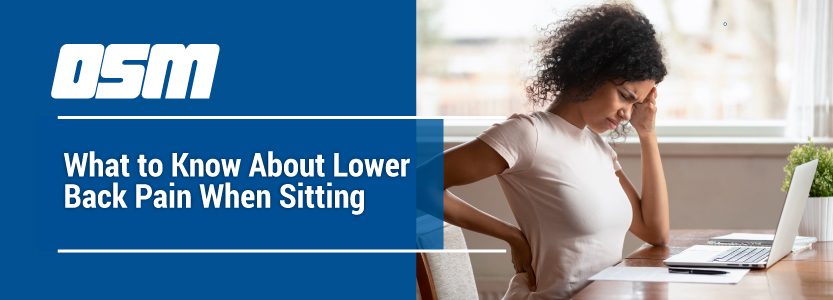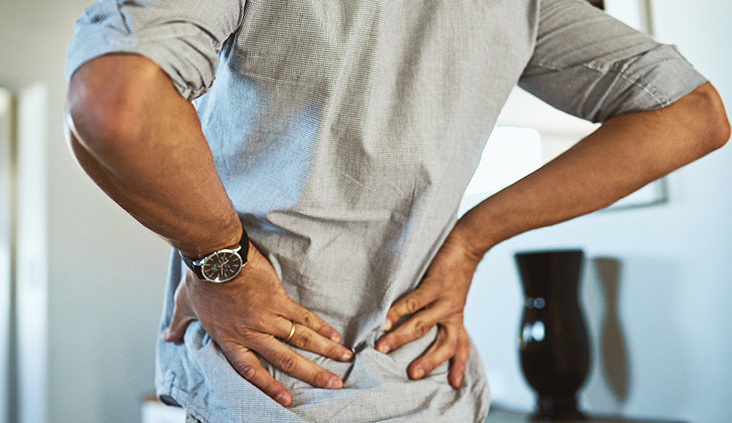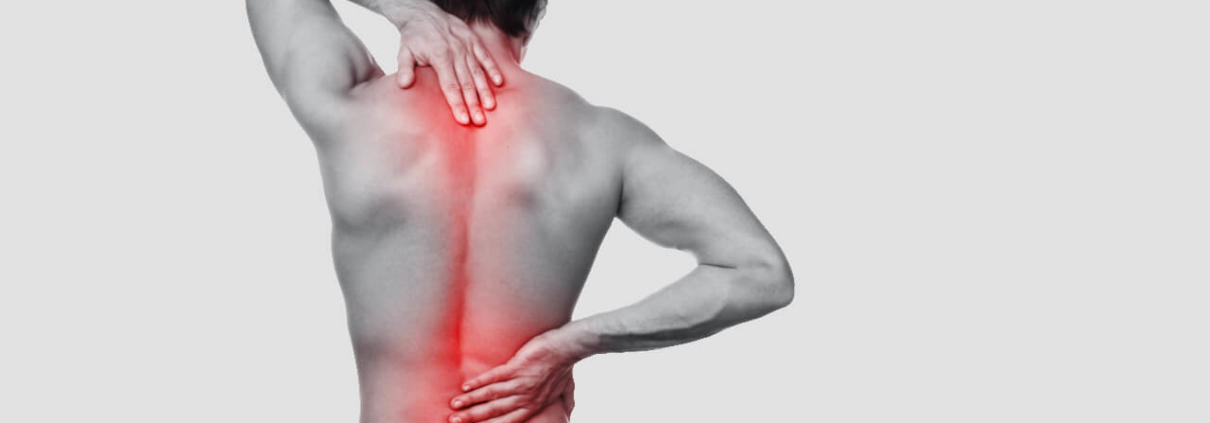Managing Neck and Lower Back Pain
Article featured on Cone Health
According to Dahari Brooks, MD, neck and lower back pain is often caused by muscle strain, degenerative disc disease or arthritis.
“If the pain comes on suddenly and out of the blue, you may have pulled a muscle and can begin with at home treatments,” shares Dr. Brooks.
If you suspect a pulled muscle, Dr. Brooks suggests resting for a day. You can treat pain with over-the-counter anti-inflammatory medications. In the first 24 hours or so, cold therapy can help minimize pain and swelling. Place an ice pack on the painful area for 10 minutes followed by 20-minute breaks. Later, you can consider cold and/or heat therapy for relief. Ease back into exercising with walking and stretching.
“On the other hand, if your chronic pain has worsened over time or you experience a sudden onset of arm or leg weakness, pain or numbness, it is time to make an appointment,” adds Dr. Brooks. “A comprehensive physical examination will help determine the cause of your problem.”
During office visit, you will be examined for issues such as a pinched nerve. You may need to take an x-ray to rule out structural issues. Often, physical therapy or steroid injections can offer improvement. If not, soft tissue imaging can reveal bone spurs or discs that have herniated, degenerated or broken down over time.
“If you are experiencing horrific or radiating pain, weakness or numbness in the neck or limbs or lack of balance, make an appointment to be seen right away,” concludes Dr. Brooks. “These types of symptoms can signal a more serious issue and require more immediate attention.”
The Orthopedic & Sports Medicine Center of Oregon is an award-winning, board-certified orthopedic group located in downtown Portland Oregon. We utilize both surgical and nonsurgical means to treat musculoskeletal trauma, spine diseases, sports injuries, degenerative diseases, infections, tumors and congenital disorders.
Our mission is to return our patients back to pain-free mobility and full strength as quickly and painlessly as possible using both surgical and non-surgical orthopedic procedures.
Our expert physicians provide leading-edge, comprehensive care in the diagnosis and treatment of orthopedic conditions, including total joint replacement and sports medicine. We apply the latest state-of-the-art techniques in order to return our patients to their active lifestyle.
If you’re looking for compassionate, expert orthopedic surgeons in Portland Oregon, contact OSM today.
Phone:
503-224-8399
Address
1515 NW 18th Ave, 3rd Floor
Portland, OR 97209
Hours
Monday–Friday
8:00am – 4:30pm

